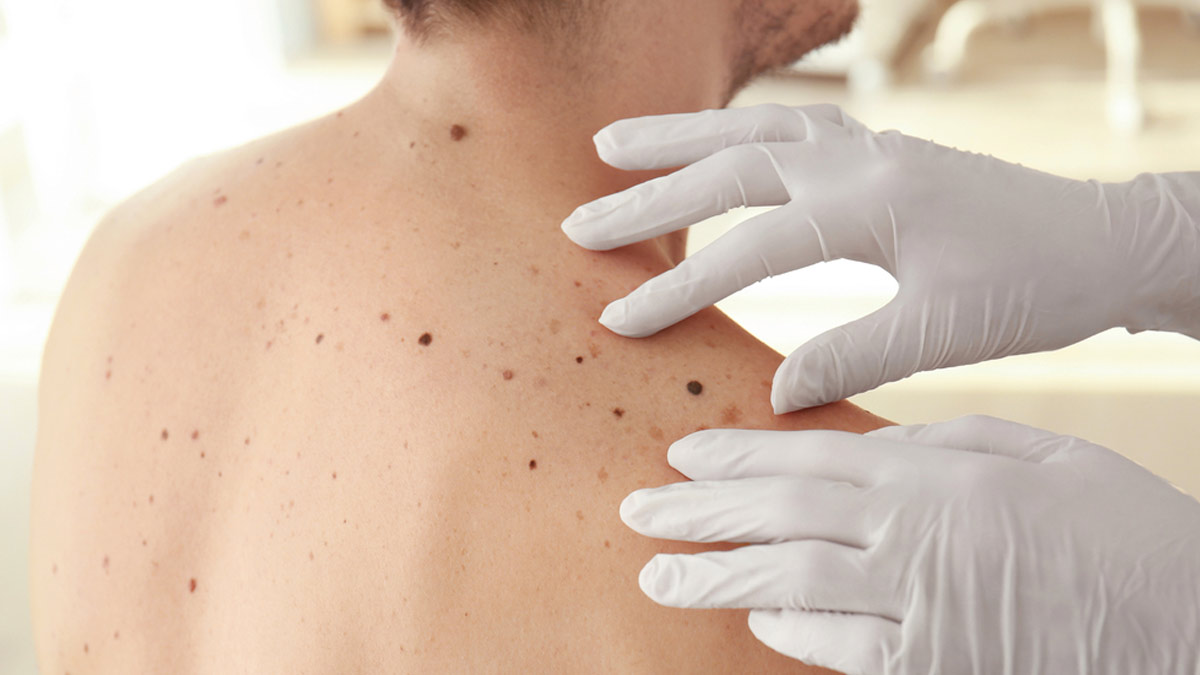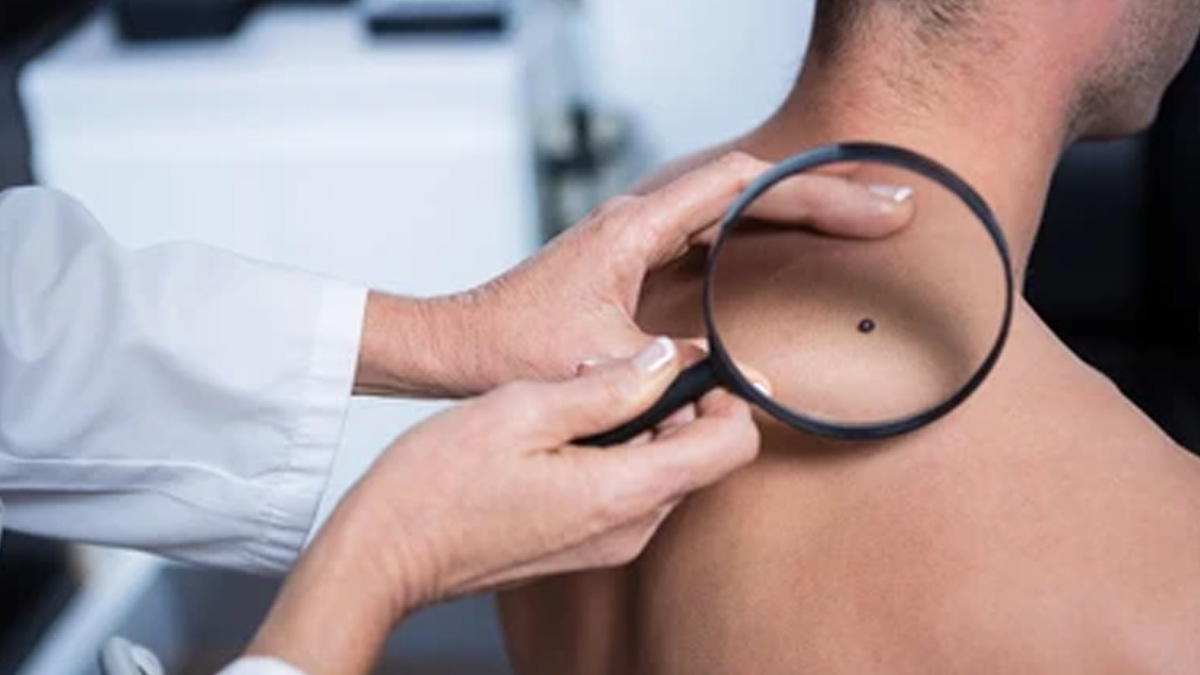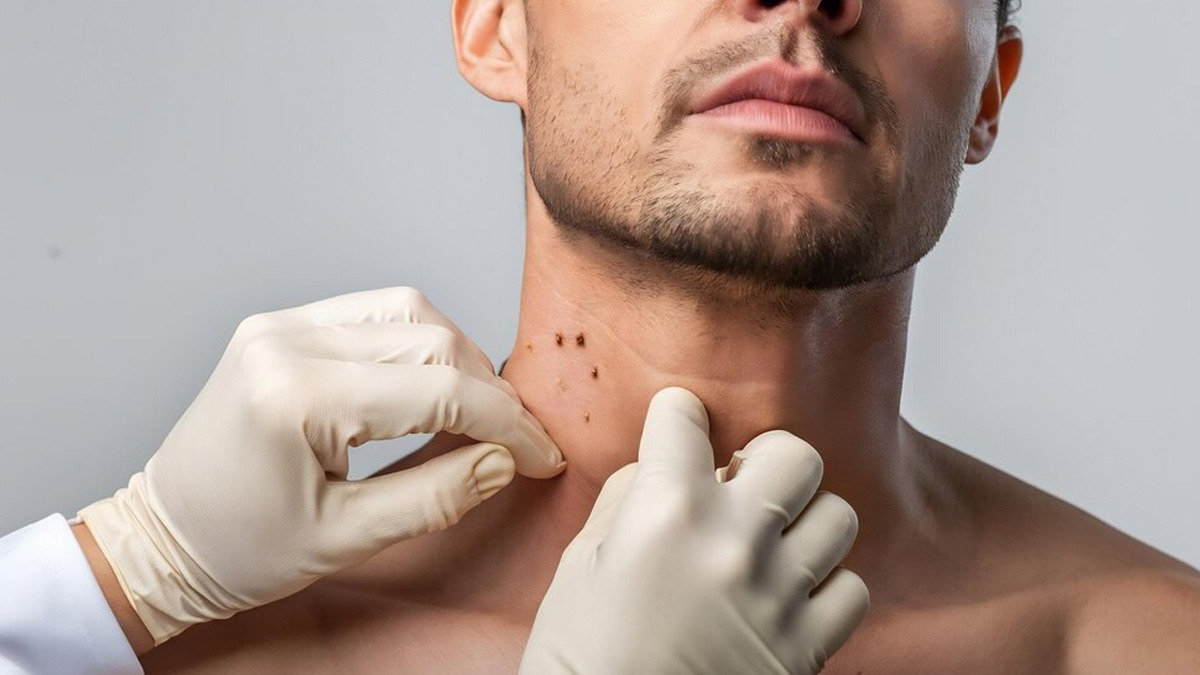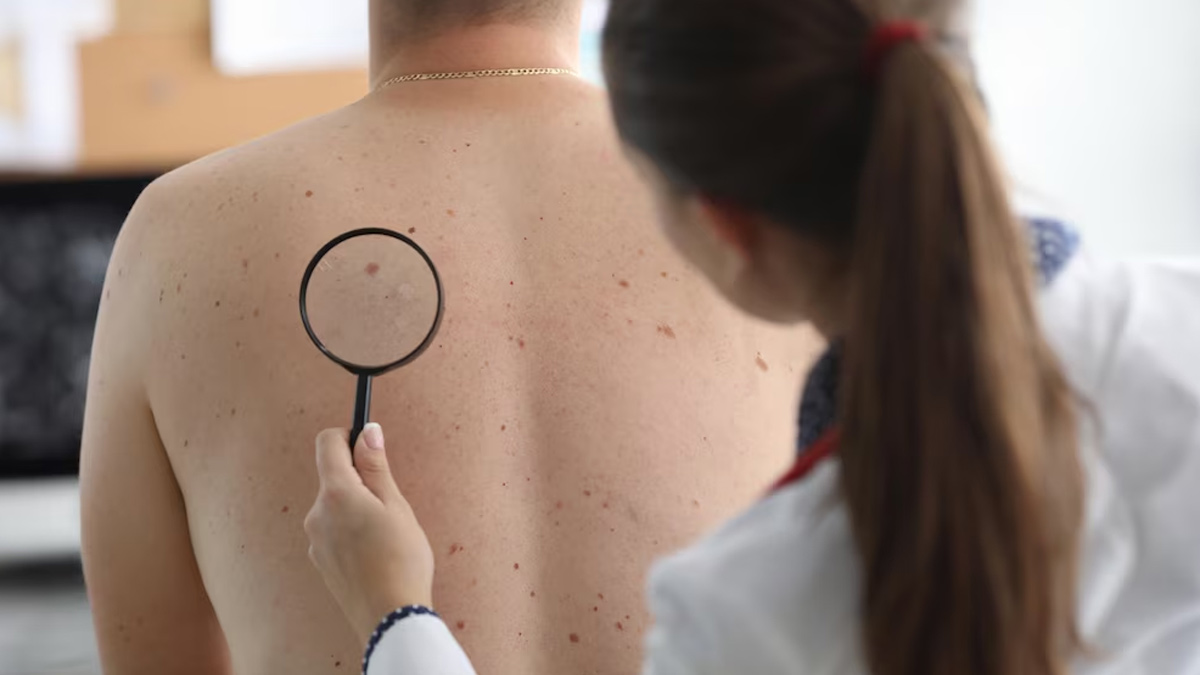
The skin is the largest organ in the body - probably why skin cancer is the most common type of cancer. There are three main types of skin cancer: squamous cell carcinoma, basal cell carcinoma, and melanoma, of which melanoma is the rarest form.
Table of Content:-
While both men and women can develop the melanoma, research suggests that melanoma is the fifth most common cancer in men and the seventh most common cancer in women, accounting for 5% and 4% of all new cancer cases, respectively. Additionally, men are said to be more likely to die of melanoma than women, according to the American Academy of Dermatology (AAD).
In an interaction with the OnlyMyHealth team, Dr Amit Bangia, Associate Director – Dermatology, Asian Hospital, Faridabad, discusses melanoma in detail, while also explaining the reasons behind why melanoma could prove more fatal for men than women.
Also Read: Explainer: Can Sunscreen Protect Against Skin Cancer?
What Is Melanoma?

Dr Bangia describes melanoma as a kind of skin cancer with its origin in the melanocytes, which produces the pigment melanin that gives skin its colour.
He says, “Skin that is frequently exposed to sunlight is where melanoma usually begins. This covers the skin on the legs, arms, back, and face.”
In most cases, melanoma does not exhibit any symptoms. However, when they do, the first indication is either a change in an already-existing mole or the emergence of a new lesion, according to the doctor.
He notes that these modifications may consist of - a mole may become blotchy, change colour, or have multiple colour tones.
A mole may seem to enlarge or may change its form such as grow in height, or have an uneven shape. Besides, a raised spot on the mole may form coupled with bleeding or itching.
Additionally, the doctor advises addressing any dark patches beneath nails or on the mucous membranes lining the mouth, vagina, or anus.
Common Risk Factors For Melanoma

Some of the common risk factors of melanoma include:
- A family history of melanoma with a higher risk if a close relative has had melanoma.
- History of severe sunburns
- Exposure to ultraviolet (UV) light from tanning beds or the sun
- Having a high number or atypical moles
- Living closer to the equator
- Individuals with fair skin, blond or red hair, light eyes and freckles
- Those with a weakened immune system whether because of illness like HIV or medication are prone to melanoma and other skin cancers.
Also Read: Can Itchy Skin Be A Sign Of Cancer? Here's What Doctor Has To Say
Are Men More Likely To Diet From Melanoma?
The AAD suggests that by age 50, men are more likely than women to develop melanoma. According to the health body, this number jumps by age 65, making men twice as likely as women of the same age to get melanoma. By age 80, the risk is even three times greater.
Dr Bangia adds to it sharing that men are said to be more likely to die from melanoma than women owing to a number of causes. One of the most common explanations is that men fail to pay as much attention to their skin as women. The doctor says that women often tend to apply sunscreen more frequently than men. However, while sun protection is helpful, it is not the whole explanation.
“It is believed that men's skin differs from women. Males have firmer skin due to higher levels of collagen and elastin, and thicker skin with less fat beneath. According to studies, men's skin is more susceptible to UV radiation damage because of these variations. Men's skin responds to sunshine more strongly than women's, according to research. Furthermore, women's skin may be better at repairing UV damage,” Dr Bangia adds.
Preventive Measures

Although males are more likely to be affected by skin cancer than women, sun protection can still lower the chance of developing melanoma, according to the doctor.
For those who dislike to wear sunscreen, he recommends protecting oneself by using sunglasses and a hat with a broad brim.
Look for shade where you can.
When it's feasible, he advises wearing long sleeves and pants.
Moreover, one must avoid the sun between 10 a.m. and 4 p.m., when its rays are at their maximum.
It is also important to perform regular skin self-examinations to detect the condition early, the doctor concludes.
Also watch this video
How we keep this article up to date:
We work with experts and keep a close eye on the latest in health and wellness. Whenever there is a new research or helpful information, we update our articles with accurate and useful advice.
Current Version